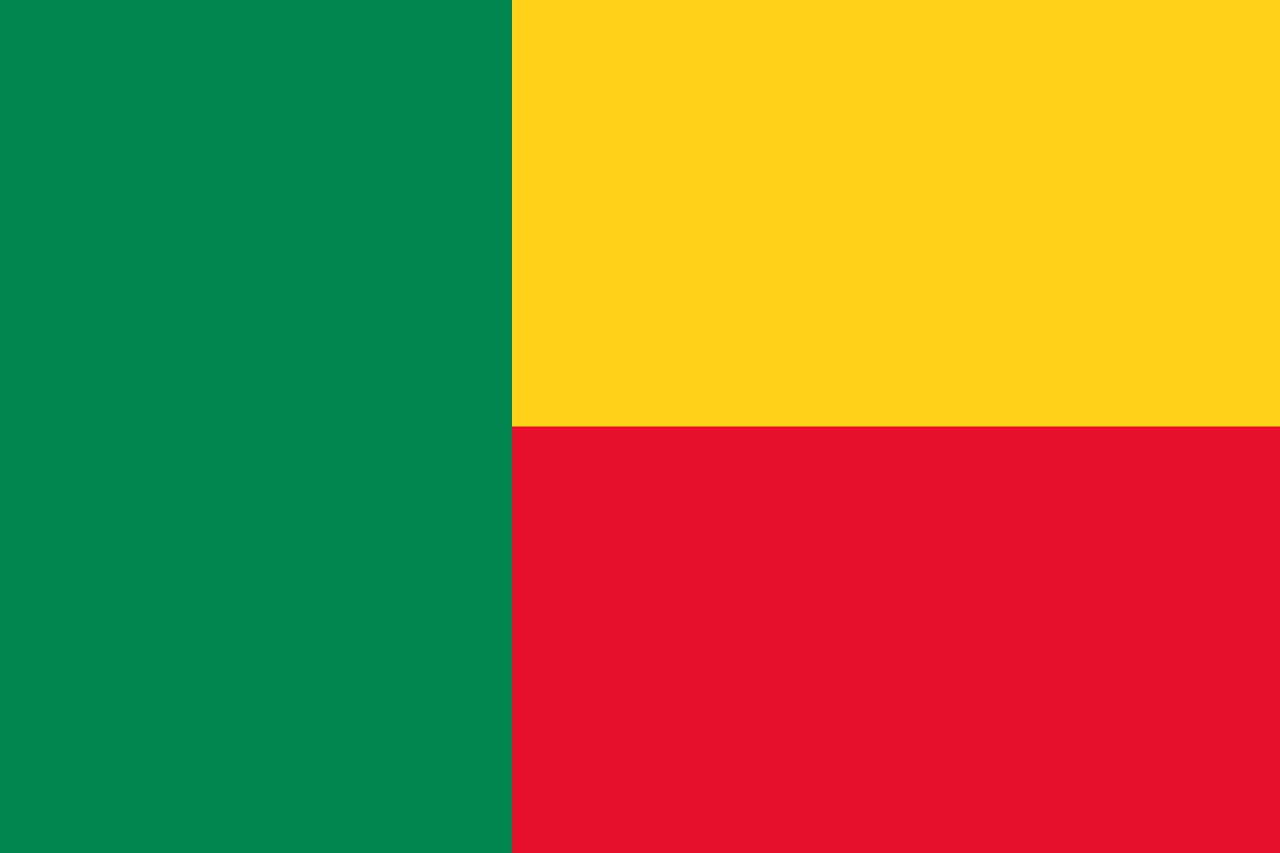The flag of Belize consists of a royal blue field with narrow red stripes at the top and bottom, and the national coat of arms in the center. This distinctive design encapsulates Belize's rich history, cultural diversity, and natural beauty.
Belize information
| National Flag Day | September 21st |
| Sovereign state | Yes |
| Official name | Belize |
| Capital | Belmopan |
| Population | 383,071 |
| Area | 22,966 km² |
| Currency | Belize dollar (BZD) |
| Language | English, Kriol, Spanish, Maya |
| Continent | North America |
| Region | Central America |
| Subregion | — |
| Borders | Mexico, Guatemala |
| Timezone | Central Standard Time (CST) UTC-6 |
| Calling code | +501 |
| Top-level domain | .bz |
History of the Belizean flag
 The Belizean flag was officially adopted on September 21, 1981, coinciding with Belize's independence from British colonial rule. The design process began in 1979 when Belize's constitutional advisers recommended that the new flag should be a symbol of unity for all Belizeans.
The Belizean flag was officially adopted on September 21, 1981, coinciding with Belize's independence from British colonial rule. The design process began in 1979 when Belize's constitutional advisers recommended that the new flag should be a symbol of unity for all Belizeans.
The flag's design was the result of a nationwide competition, which attracted over 200 entries. The winning design, created by two members of the Belize Flag Committee, was chosen for its representation of the country's political parties and its embodiment of national unity.
Symbolism and design of the Belizean flag
Each element of the Belizean flag holds deep significance:
- The royal blue field symbolizes the Caribbean Sea, which plays a crucial role in Belize's geography and economy. It also represents the unity of the Belizean people.
- The red stripes at the top and bottom of the flag represent the desire for democracy and the nation's determination and resilience.
- The coat of arms in the center is rich with symbolism:
- The mahogany tree represents Belize's logging industry, once the mainstay of the economy.
- The tools of a woodcutter (a paddle and a squaring axe) symbolize the importance of mahogany in Belize's history.
- The shield contains the national motto "Sub Umbra Floreo" (Under the Shade I Flourish) in Latin.
- Two woodcutters, one holding an axe and the other an oar, represent Belize's past and present industries.
- The wreath of fifty leaves recalls 1950, the year of the first opposition to colonial rule.
Evolution and specifications of the Belizean flag
The flag's design has remained unchanged since its adoption, but there are specific guidelines for its use:
- The flag's proportion is 2:3, a common ratio for national flags.
- The width of each red stripe is 1/10 of the flag's width.
- The coat of arms should occupy 3/5 of the flag's height.
- The exact shades of blue and red are specified to ensure consistency in reproduction.
Usage and significance of the Belizean flag
 The Belizean flag is a powerful symbol of national pride, unity, and independence. It is prominently displayed on government buildings, schools, and public institutions throughout the country. During national holidays, particularly Independence Day on September 21st and Battle of St. George's Caye Day on September 10th, the flag takes center stage in celebrations across Belize.
The Belizean flag is a powerful symbol of national pride, unity, and independence. It is prominently displayed on government buildings, schools, and public institutions throughout the country. During national holidays, particularly Independence Day on September 21st and Battle of St. George's Caye Day on September 10th, the flag takes center stage in celebrations across Belize.
In international contexts, the Belizean flag represents the nation at diplomatic events, United Nations gatherings, and global sporting competitions. It serves as a visual ambassador, instantly recognizable and respected worldwide, embodying Belize's sovereignty and cultural heritage.
Interesting facts about the Belizean flag
- Belize is one of only a few countries whose national flag features human figures (the woodcutters in the coat of arms).
- The flag's colors of red and blue were chosen to be non-partisan, representing both major political parties in Belize at the time of independence.
- The 50 leaves in the wreath of the coat of arms symbolize the year 1950, when Belize began its push for independence from British rule.
- The flag is sometimes referred to as the "Sapodilla Blue" flag, after the deep blue color that dominates its design.
- In Belizean schools, students often participate in flag-raising ceremonies, fostering a sense of national pride from a young age.
- The Belizean flag is one of the few national flags to feature tools as prominent symbols, highlighting the country's industrial heritage.
- During the process of choosing the national flag, there were debates about including elements from the previous British Honduras flag, but ultimately a new design was chosen to represent Belize's independent identity.





